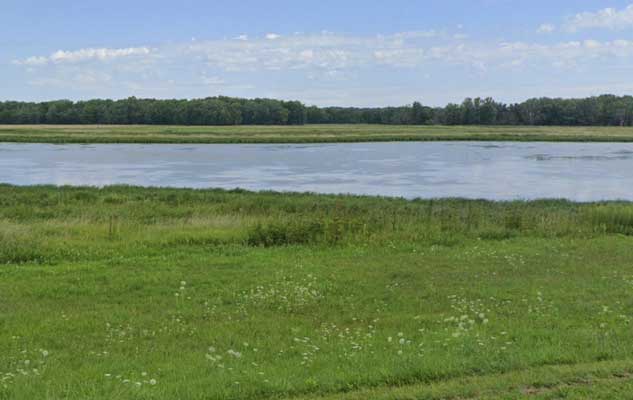
by NIAS | Dec 21, 2023 | Birding Sites, Fall Migrating Shorebirds, Fall Migrating Waterfowl/Waterbirds, Spring Migrating Shorebirds, Spring Migrating Waterfowl/Waterbirds, Stephenson County
Nieman’s Pond
A recreated pond, wetland and sometimes mud flats, east of Freeport off of HWY 20 on North Springfield Rd. Private property – stay on roadside. Bird presence much dependent upon water levels. Nesting Bald Eagle in trees along the Pecatonica River north of pond – visible from road.
[/et_pb_text]
Birds Found at this Site:
Spring Migrating Waterfowl/Waterbirds (Spring Migrating Waterfowl/Waterbirds)
Spring Migrating Shorebirds (Mid-April through Mid-May)
Fall Migrating Shorebirds (Mid-July through August)
Fall Migrating Waterfowl/Waterbirds (September through November)
Year-round resident species will be found at nearly every location. Visit Audubon.org to learn about the specific species of birds listed in each area.
<< BACK TO BIRDING SITES
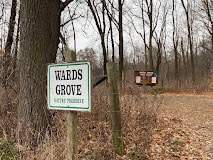
by NIAS | Dec 20, 2023 | Birding Sites, Fall Migrating Songbirds, Jo Daviess County, Nesting Species, Spring Migrating Songbirds
Wards Grover Nature Preserve
This is a very large tract of woodlands owned by the State of IL and is great for seeing spring migrants and woodland nesting birds such as Scarlet Tanagers, Ovenbird, Acadian Flycatcher, Black and White Warbler, and Pileated Woodpeckers. There are no trails through this large woodland, so be prepared to push through on your own. The preserve is one mile south of Rt. 20 on Willow Rd. and three miles east of Stockton. The parking lot is on the east side of the preserve on Willow Rd. This property is owned by IL Department of Natural Resources.
Birds Found at this Site:
Spring Migrating Songbirds (April and May)
Nesting Species (May through Mid-July)
Fall Migrating Songbirds (Late August through early November)
Year-round resident species will be found at nearly every location. Visit Audubon.org to learn about the specific species of birds listed in each area.
<< BACK TO BIRDING SITES
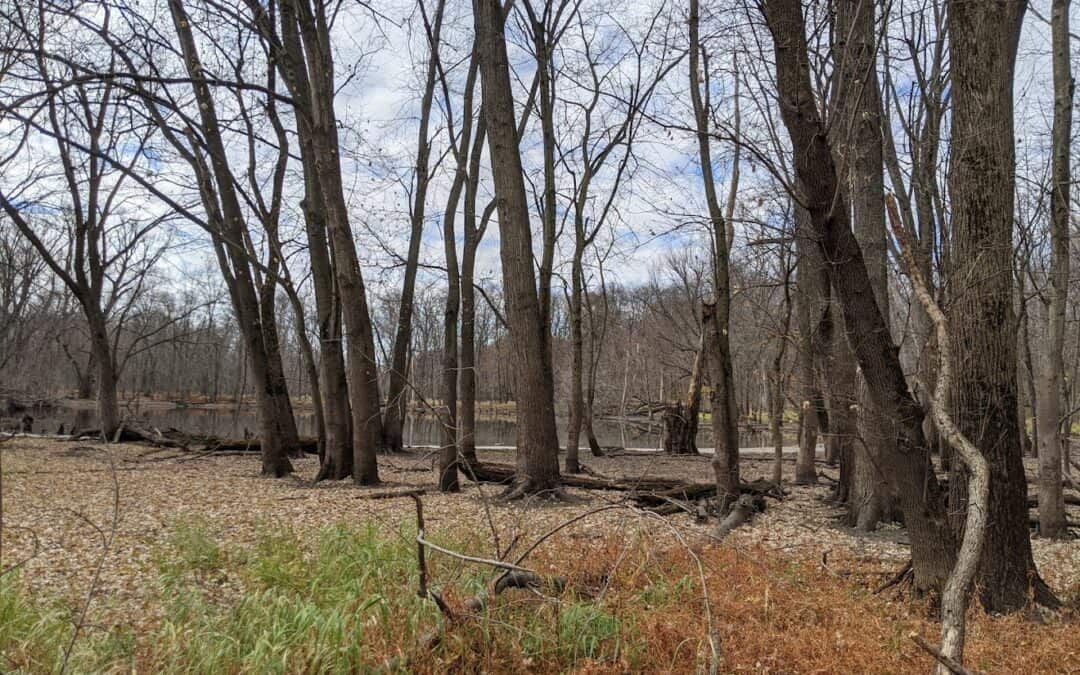
by NIAS | Dec 20, 2023 | Birding Sites, Fall Migrating Shorebirds, Fall Migrating Songbirds, Fall Migrating Waterfowl/Waterbirds, Spring Migrating Shorebirds, Spring Migrating Songbirds, Spring Migrating Waterfowl/Waterbirds, Winnebago County
Pecatonica River Forest Preserve
Owned by Winnebago County Forest Preserve District; located at 7260 Judd Rd; parking is available at several locations; a very large area with 9.8 miles of trails and several habitat types including prairie, bottomland forest, wetland and riparian, a wide variety of birds can be observed here at all times of the year including Scarlet Tanager, Prothonotary Warbler, Pileated Woodpecker and Sandhill Crane; contact WCFPD for site map.
Birds Found at this Site:
Spring Migrating Waterfowl/Waterbirds (Spring Migrating Waterfowl/Waterbirds)
Spring Migrating Shorebirds (Mid-April through Mid-May)
Spring Migrating Songbirds (April and May)
Fall Migrating Songbirds (Late August through early November)
Fall Migrating Shorebirds (Mid-July through August)
Fall Migrating Waterfowl/Waterbirds (September through November)
Year-round resident species will be found at nearly every location. Visit Audubon.org to learn about the specific species of birds listed in each area.
<< BACK TO BIRDING SITES
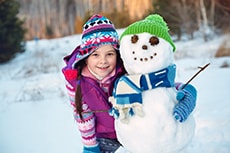
by NIAS | Dec 1, 2023 | Family Activity
Winter Activities
From Early Childhood News
Fill an empty grapefruit half with birdseed and suspend with rope or wire from branch.
Next time it’s snowing, chill a sheet of black construction paper in the freezer for 30 minutes; catch snowflakes on it. Look at each snowflake with a magnifying glass.
From Nature Conservancy Activitiy Guide
Take a winter walk around the yard, around the neighborhood, or at the park or nature preserve. Make a list of wintering birds, berries, tracks, tunnels – and don’t forget to look under logs to see what is sheltering there. Replace log. Then go in and have hot chocolate and snacks and talk about discoveries.
For very young children: hide stuffed animals in the yard, then go on a safari to find them; along the way, note the real animals, birds and other signs of winter. Build a snow fort. Pile snow, excavate a wide entrance and shovel out a place to sit.
Winter Fun
Make a snow angel; a partner helps the angel-maker get up neatly, without disturbing the edges.
Sprinkle cups of birdseed into the head and body. Add pine cones for angel’s spreading wings.
Snowman Race
Snowman Race: Have 2 kids or 2 teams make snowmen bottoms; at GO, they finish the snowman – body, hat, nose, etc.
Ideas from Outside Winter Time Fun by Barbara Shelby.
Winter Trees
Take a walk in your yard or neighborhood or park paying attention to trees—and don’t forget binoculars! Look for differences in evergreen trees; if possible, identify some; at least note the different shapes, needles, and cones. Look up high in the evergreen trees for cones still on them. Look up high in the deciduous trees and notice the branches and knobs. With the leaves gone, these are easier to see.
Search for animal homes in deciduous trees. Look for evidence of ways animals survive in winter.
Don’t forget to pack some peanut butter or suet into crevices of a large pinecone and roll in peanut butter and hang for the birds. Put some birdseed in an orange half or grapefruit half that has been hollowed out and hang from a tree branch.
Then have some hot chocolate – with lots of marshmallows!
Winter Stroll
Take a winter walk around the yard, around the neighborhood, at a park or nature preserve.
Make a list of wintering birds, berries, tracks, tunnels – and be sure to look under logs to see what is sheltering there. (Replace log.)
For very young children: hide stuffed animals in the yard and go on a safari to hunt for them; along the way, note real animals, birds, and signs of winter.
Afterwards, go in and have hot chocolate and talk about what you saw. Talk about birds like the chickadee and cardinal who stick around all winter; perhaps you can cut out pictures of some of these and paste onto construction paper to make a little book.
Fun in the Snow
As we go into winter and get closer to Christmas, a fun project you can do with your family and friends is to make reindeer food! You’ll need a bowl, something to store your food in, oats, bird seed, and peanuts. Mix two cups of oats, one cup of bird seed, and one cup of peanuts in your bowl. Save your reindeer food until Christmas eve, then sprinkle it in the yard for when Santa and the reindeer come, so the reindeer will have a snack, too!
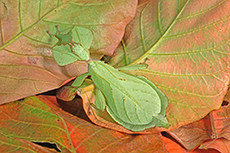
by NIAS | Nov 1, 2023 | Family Activity
Family Activity
Learn about leaves!
You will likely be surrounded by leaves at this time, so why not learn about leaves while doing some art.
First, go on a hike where there are different tree species and collect as many different leaves as you can. What colors leaves do you find? Why are the leaves no longer green? Compare the leaves to each other. Do they have pointy edges or round edges? Are they smooth or serrated? Smell the difference between old leaves and new leaves. Crumble some of the leaves. Do they have different textures? If you have a tree identification guide, see if you can identify what species these leaves belong to.
Now do some leaf art! Create birds or other animals using the different leaves you have in front of you. Many leaves resemble the wings or tails of a bird. You can even glue them onto paper and share your leaf art with others.
Search for Hidden Creatures!
Is that leaf really a leaf? Or is it a butterfly or a katydid? Is that stick really a stick? Or is it a walking stick insect? Autumn is a time for animals to start migrating or preparing for winter. As plants start to turn brown and many leaves fall to the ground, many creatures use them for shelter and hiding places. As you explore, slowly and carefully look under twigs, rocks, tree bark for hidden creatures. Also look for animals hiding in plain sight. Many animals stay quiet and motionless until you walk away from them. Look high and low for these creatures and learn about camouflage and mimicry along the way. When you are done, play hide-and-seek with your family members!
Autumn Leaves
Make a Placemat or Bookmark with Colored Leaves
- Collect the colored leaves, noting the different shapes and colors.
- Talk about the trees from which these leaves fell: have the kids learn to identify two or three trees like maple or oak by their leaves.
- Take the leaves inside; have the kids choose the ones they want and arrange them on pieces of poster paper.
- Cover with clear Contac.
- As you do this, talk about why the leaves change color – an excellent book for this is Why Leaves Change Color by Bette Maestro and Loretta Krupinski; for children 7 and up, another good one is one by the same title by Terri Hicks.
Explore the Trees in Your Yard
- Which birds and animals depend on the trees?
- How do the birds and other animals use the trees to help them get ready for winter?
- Talk about the tree as a habitat or living space.
- Compare a tree to your own home or habitat. How are they alike and different?
Be Sure to Jump in a Pile of Leaves!
Autumn Activities
Begin with a scavenger hunt and/or photography hunt for the signs of autumn. You can have a checklist — or actually collect the objects as long as they are common objects like colored leaves and nuts (but no flowers/plants from nature preserves or state parks).
With photography you might emphasize the array of colors, print the pictures and make a collage of the color variations.
You can also photograph signs that show evidence of animal homes, including scat. Perhaps you can capture a picture of a squirrel with nuts, with great luck perhaps migratory birds passing through, along with pictures of year-round bird residents.
Do an autumn texture collage. On a walk feel the textures and notice the colors of the signs of autumn you can collect — the leaves, the acorns or other nuts, berries, tree bark, a sprig from an evergreen for contrast. Arrange on construction paper in a collage; glue or tape — and you can cover with clear Contact color. The nuts and bark may make it all a big knobbly and the berries may squirt a bit, but that makes it all the more exciting!





